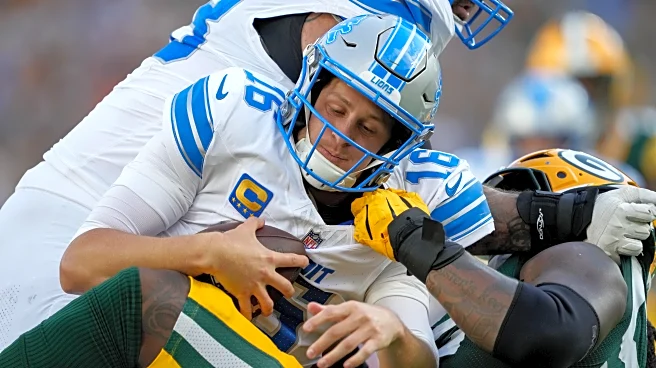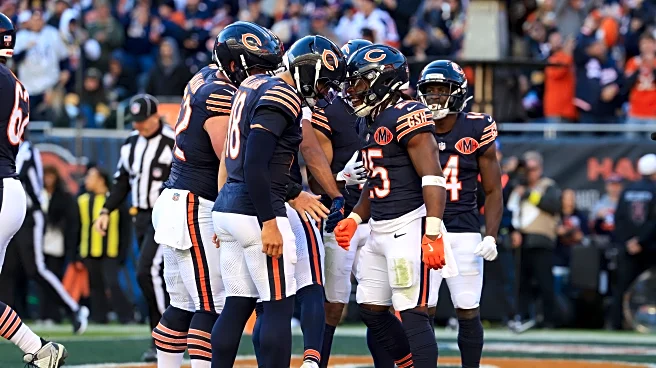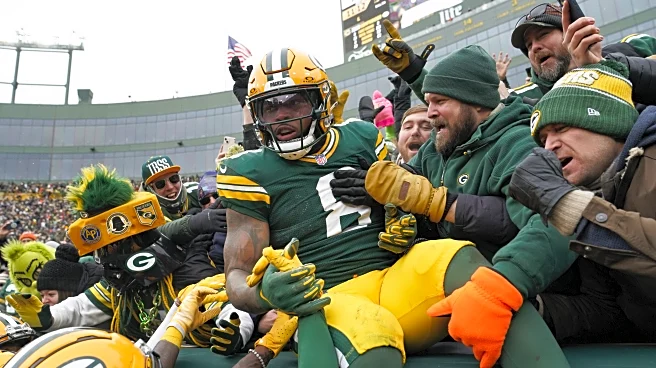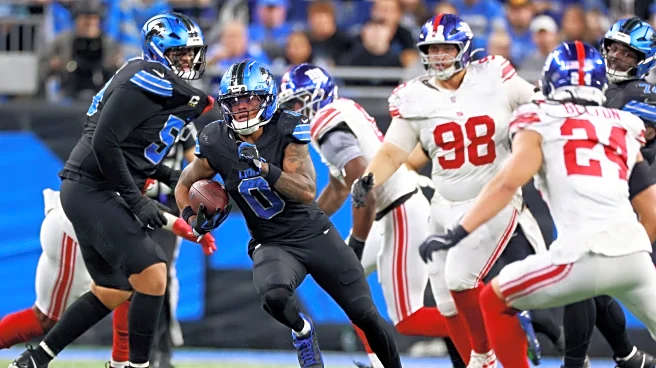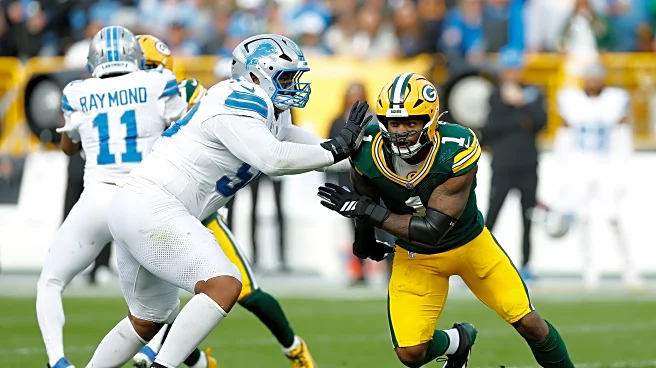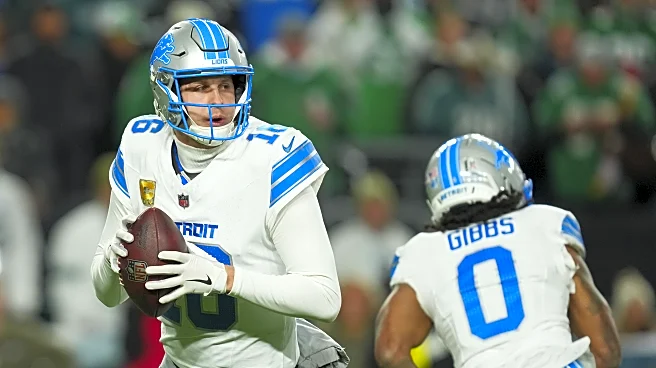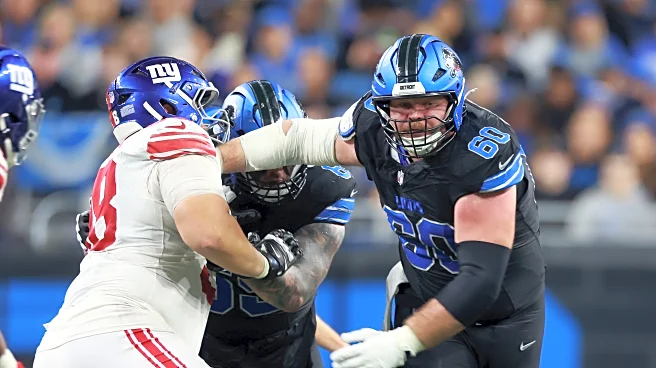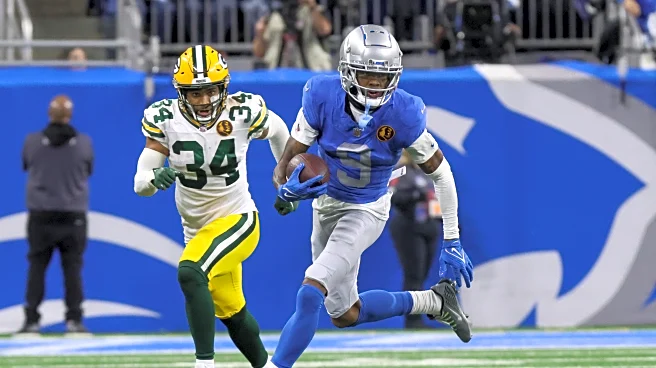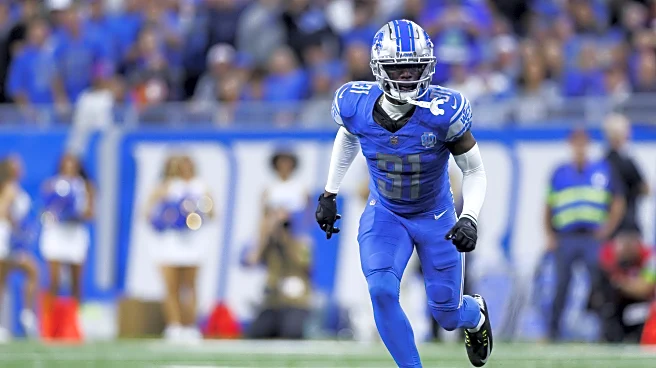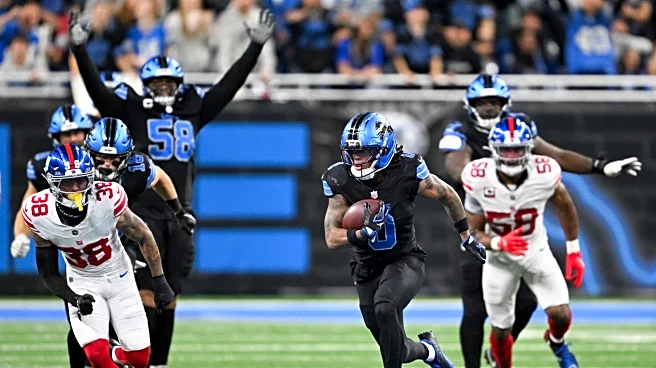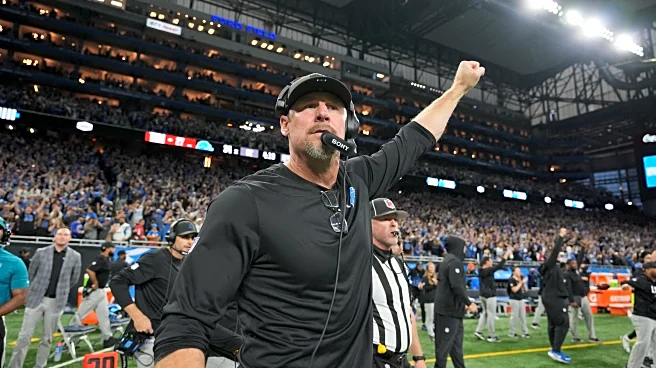Thank you to Pride of Detroit’s Ryan Mathews, who stopped by to answer some questions about the Detroit Lions ahead of the team’s Thanksgiving matchup against the Green Bay Packers. If you want to read the sister article to this one, where Mathews asked me questions about the Packers, you can find that HERE.
Obviously, this game is going to be huge for both teams. They’re both fighting for their playoff lives right now, as only three of the Packers, Lions, Chicago Bears and San Francisco 49ers are
likely to make the postseason. The team that finishes the worst down the stretch will end up on the outside looking in, even if they have double-digit wins to end the 2025 regular season.
According to the New York Times’ playoff simulator, the Packers have an 83 percent chance to make the playoffs, but it jumps to 94 percent with a win over the Lions and drops to 73 percent with a loss. Detroit is in a very similar boat to Green Bay, boasting a 73 percent playoff chance right now. That goes up to 86 percent with a win and drops to 58 percent with a loss.
From a playoff leverage standpoint, this game and the two Chicago Bears games are the biggest remaining challenges on the Packers’ schedule for the rest of the season. Let’s get into previewing this head-to-head.
The first time around, the Lions were breaking out a brand new interior offensive line. Obviously, they hadn’t gelled yet. Has that unit improved?
From Week 1, yes, they have improved, but not nearly as much as anyone was hoping–and admittedly, it was an incredibly low bar for them to clear after the disaster that was the season opener. Christian Mahogany, Graham Glasgow, and Tate Ratledge–the team’s starting interior from left to right–allowed seven pressures that game, including a couple of sacks. There was miscommunication and missed assignments galore. You all saw it: it was ugly.
Mahogany’s promising finish to the 2024 season didn’t quite bear out in his sophomore year. He was injured and placed on injured reserve after Week 9’s game against the Vikings, but his shortcomings in pass protection (nine pressures allowed over his last three starts before injury) were becoming symptomatic of the Lions’ struggles to attack down the field in the passing game. He’s since been replaced by longtime reserve Kayode Awosika, and it hasn’t looked much better. Ratledge’s rookie season has been as expected–moments where he’s getting welcomed to the league by the likes of Jalen Carter or Vita Vea, but also some stretches of clean football, so that’s been encouraging. Glasgow’s at a position he hasn’t played full-time since 2018, and replacing Frank Ragnow’s level of play just wasn’t going to happen.
Truth be told, Ragnow retiring really exposed how important his elite level of play was for this offense to be as diverse and consistently good as it was. But yeah, technically, it has improved, just nowhere near the level of optimism they had in this group during training camp.
Green Bay desperately wants to run the ball. How has the Lions run defense been this season?
Death, taxes, and the Detroit Lions committed to stopping the run. It’s essential, it’s in their DNA on defense. The Lions keep three linebackers on the field more than just about any other team in the NFL because they trust all of them to fit the run, drop back in coverage, or even rush the passer. Detroit ranks sixth in run defense DVOA, allows the fewest rushing yards after contact per rushing attempt (2.45), and it’s gotten them into plenty of favorable down and distances on third down.
However, therein lies the defense’s great downfall as of late: their inability to follow through and get off the field on those third-and-long plays set up by stopping the run. Detroit’s allowing a 37.3% conversion rate on third-and-4 or longer, and it’s been absolutely demoralizing (see: J.J. McCarthy) or hilariously infuriating (see: Jameis Winston).
Offensively, the Packers are begging to see anything other than split-safety coverages. Are the Lions still aggressive defensively?
The Lions defense is still aggressive if you look around at the metrics from various outlets–10th in blitz rate at 30.1% of dropbacks per NFL Pro, 15th at 22.1% according to PFR–but it’s not nearly as aggressive as it was a year ago when Aaron Glenn’s cupboard was bare.
You see new defensive coordinator Kelvin Sheppard pick his spots a bit more carefully–not necessarily strategically–when it comes to sending extra defenders at the quarterback. It’s primarily a lot of linebacker blitzes, here and there it’s safety Brian Branch who has gotten into the mix, but it hasn’t felt particularly effective. No free rushers are getting opened up, a lot of those defenders getting stonewalled, the “pressure” numbers say one thing, but it really feels like another thing is happening in front of your eyes.
What do you think a Lions win would look like?
A Lions win involves them winning the time of possession battle. Their running game needs to keep them in third-and-manageable because if they don’t, Micah Parsons and Co. will get to Jared Goff and put Detroit in a spot they don’t want to get into with Green Bay–trailing by multiple scores and/or in a shootout. Detroit’s ability to stay on schedule offensively, turn possessions into points, and limit Green Bay’s ability to convert on third down is the winning recipe–all much easier said than done based on the way they’ve played over the course of the last month.
What do you think a Packers win would look like?
Early pressure that turns into QB hits against Goff will set the tone and leave Detroit disjointed on offense. Something that’s been understated about Goff’s performance this season versus last, in my opinion, is how he responds to getting hit. He’s been hit 49 times this season, that’s compared to just 57 times through 17 games a year ago. If the Packers rattle him early, and the Packers’ offense is able to connect on a handful of explosives through the air, Green Bay stands a great chance at winning this game. The earlier they can jump out to a lead, the better.
